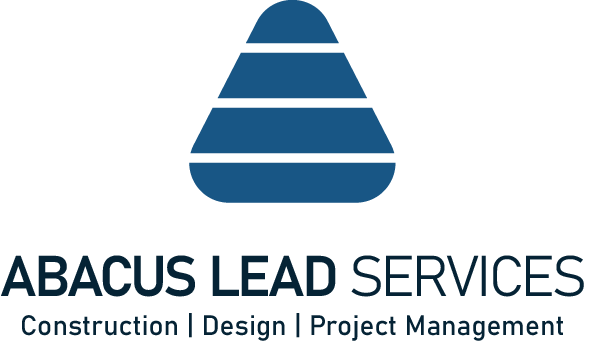
Real Estate in Motion: Gentrification Drives 70% Growth in Eti-Osa
Over the past decade, Eti-Osa Local Government Area (LGA) of Lagos State—home to iconic districts such as Victoria Island, Ikoyi, and Lekki—has experienced an unprecedented 70% surge in development. This transformation, primarily fueled by gentrification, has elevated Eti-Osa to a centerpiece of real estate growth in Nigeria. However, this wave of progress has not been without its challenges, sparking a critical conversation about its far-reaching implications.
Understanding Gentrification
Gentrification refers to the influx of wealthier individuals into urban areas, leading to increased property values, enhanced infrastructure, and shifts in socioeconomic dynamics. In Eti-Osa, this phenomenon has reshaped the urban landscape, improving living standards while raising concerns about equity, displacement, and sustainability.
The Upside: Gentrification’s Positive Impact on Real Estate
Eti-Osa has become one of Africa’s most sought-after real estate markets. Land and property values in areas such as Victoria Island and Ikoyi have reached record highs, offering massive returns for developers and investors.
2. Improved Infrastructure and Urban Amenities
Infrastructural projects like the Lekki-Epe Expressway, Lekki Deep Sea Port, and the ongoing Fourth Mainland Bridge have redefined the region’s accessibility and functionality. Modern utilities and services, from drainage systems to power networks, have also improved significantly.
3. Luxury and Mixed-Use Developments
From high-end residential estates to ambitious projects like Eko Atlantic City, Eti-Osa now offers luxury living on a global scale. These developments have catered to the lifestyle demands of expatriates and high-net-worth individuals, making the region a prime location for mixed-use real estate projects.
4. Economic Growth and Employment Opportunities
The transformation of Eti-Osa has driven job creation across construction, retail, hospitality, and other sectors, boosting the local economy. Businesses are thriving as a result of the area’s modernized infrastructure and increased population.
5. Global Prestige
With its luxury real estate offerings and urban sophistication, Eti-Osa has positioned Lagos as a global economic hub, attracting significant foreign direct investment.
The Downside: Challenges of Gentrification in Eti-Osa
1. Displacement of Low-Income Residents
Longtime residents, particularly in communities like Maroko, have been displaced due to soaring property prices and unaffordable rents.
2. Rising Inequalities
The stark contrast between upscale estates and informal settlements highlights a widening socioeconomic divide, with basic services remaining inaccessible to many lower-income residents.
3. Environmental Strain
Rapid urbanization has led to deforestation, flooding, and loss of wetlands, which previously served as natural flood barriers. The ecological balance in Eti-Osa is under severe threat.
4. Traffic Congestion and Overpopulation
The influx of new residents and businesses has overwhelmed the existing road networks, creating chronic traffic congestion. A lack of efficient public transportation exacerbates the problem, reducing quality of life.
5. Infrastructural Fatigue
The strain on existing infrastructure—roads, drainage systems, and power supply—has forced residents and communities to self-fund upgrades, a stopgap measure that underscores the need for long-term solutions.
6. Rising Crime Rates
The rapid population growth has also led to an increase in security concerns, with cases of burglary, car theft, and traffic robberies on the rise, particularly at night and during early morning hours.
7. Cultural Erosion
Traditional communities and cultural landmarks have given way to modern developments, erasing the rich heritage that once defined Eti-Osa’s identity.
Navigating the Challenges: A Balanced Approach
To ensure that the benefits of gentrification in Eti-Osa outweigh its drawbacks, key stakeholders must adopt a balanced strategy that prioritizes inclusivity and sustainability:
• Affordable Housing Initiatives: Developers must integrate affordable housing options to accommodate low- and middle-income residents.
• Sustainable Urban Planning: Preserving green spaces and wetlands while incorporating eco-friendly designs is crucial for environmental resilience.
• Community Engagement: Policymakers and developers must involve local communities in the planning process to address their needs and concerns.
• Transportation Solutions: Investments in efficient public transport systems can ease traffic congestion and improve mobility for all.
• Enhanced Security Measures: Strengthening community policing and surveillance systems can mitigate rising crime rates.
Conclusion
The gentrification-driven transformation of Eti-Osa has undoubtedly redefined real estate and urban living in Lagos, showcasing the immense potential of strategic investment and development. However, its long-term success hinges on addressing critical issues of equity, infrastructure, and sustainability. By striking the right balance, Eti-Osa can continue to serve as a model of progress, ensuring that its growth benefits all residents—both old and new.
Eyitayo Ogunfusika is the CEO and Project Manager of Abacus Lead Services Limited, a construction, design, and project management company. He is also an avid writer and thought leader on real estate and urban development.


